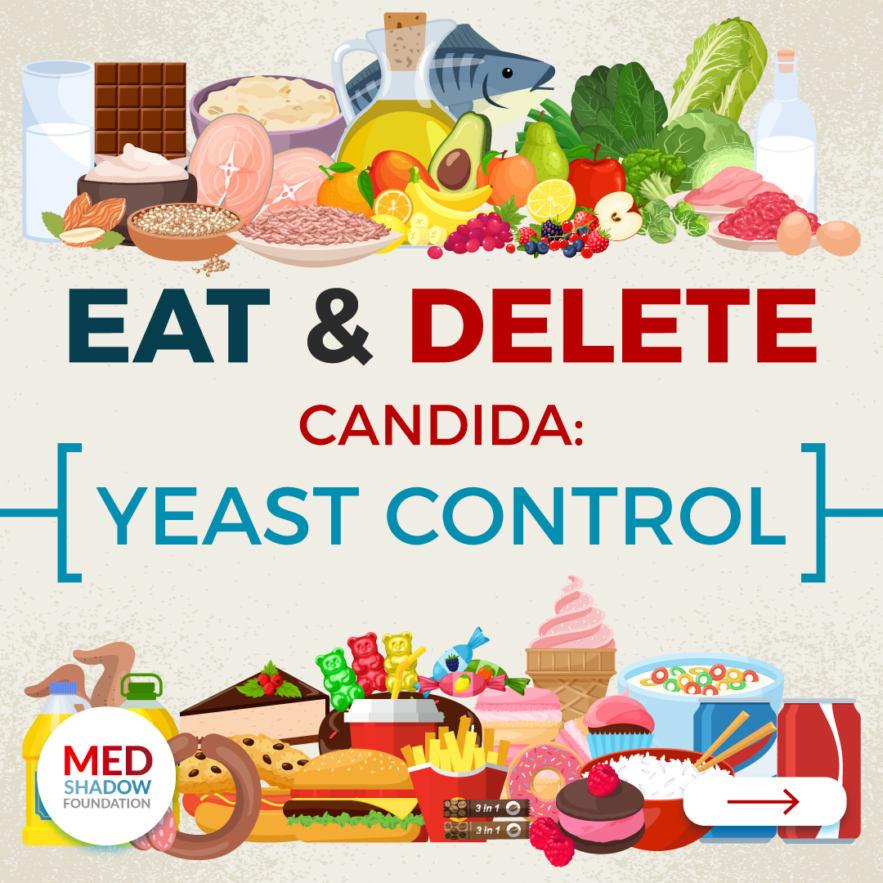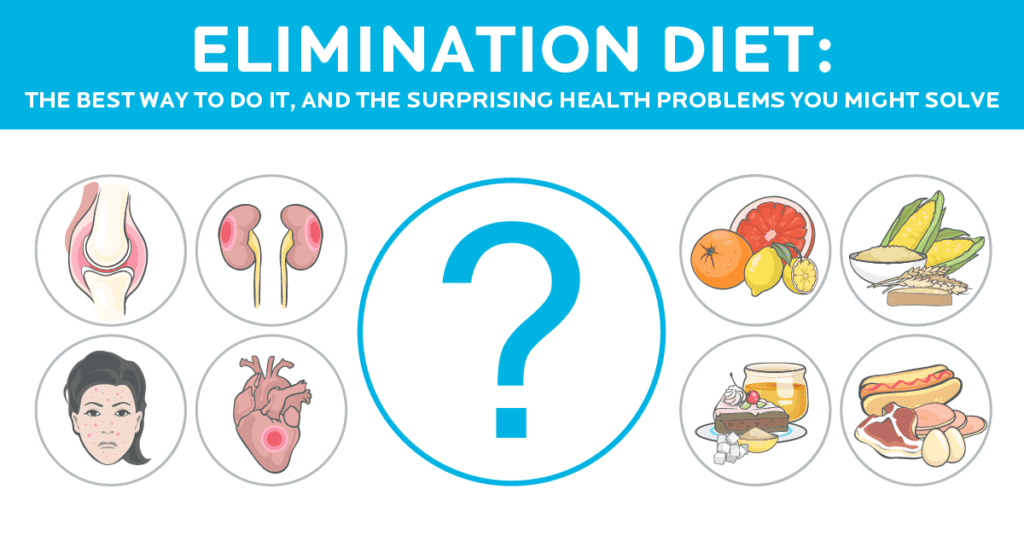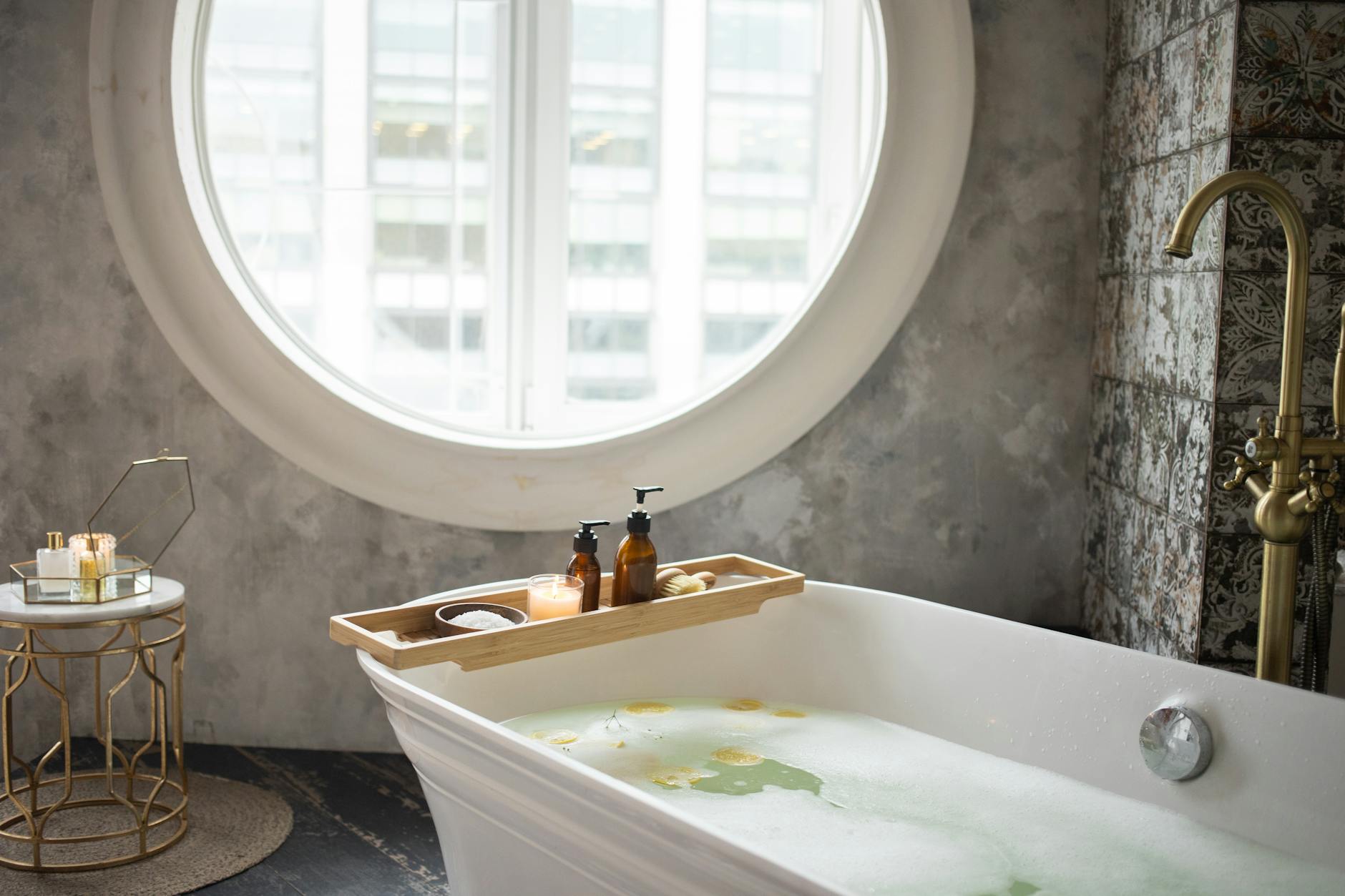Discover the natural remedies that will help you beat yeast infections once and for all. Say goodbye to discomfort!
Table of Contents
- Introduction: Mighty Microbes and You!
- What’s Yeast Anyway?
- Section 2: The Pesky Yeast Infection
- Suiting Up for the Battle
- Section 4: Apple Cider Vinegar—The Liquid Hero
- Section 5: Probiotics—The Friendly Fighters
- Tea Tree Oil—Nature’s Scented Soldier
- Section 7: Strictly Instructions!
- Section 8: The Check-In Challenge
- Section 9: Victory Over Yeast!
- Conclusion: Triumph and Treasures
- FAQs: Your Curious Queries
Introduction: Mighty Microbes and You!
Welcome, young adventurers, to the fascinating world of tiny microbes! Today, we embark on a thrilling journey to discover the secrets of yeast and how you can harness the power of nature to defeat pesky yeast infections. Imagine yourself as a brave hero, armed with knowledge and armed with natural remedies, ready to face off against the troublesome yeast and emerge victorious!
What’s Yeast Anyway?
Yeast infection is a common term you might have heard, but do you know what yeast actually is? Let’s break it down in simple words that are easy to understand.
The Tiny Fungus Among Us
Yeast is a type of fungus, and it’s super tiny – so small that you can’t even see it without a microscope. This fungus is all around us, even in our bodies!
Section 2: The Pesky Yeast Infection
Yeast is a type of fungus that normally lives in our bodies, playing a helpful role in keeping things balanced. But sometimes, yeast can get a little too excited and start to grow too much. When this happens, it can lead to a yeast infection.

Image courtesy of www.pinterest.com via Google Images
Yeast infections can cause discomfort, like itching and irritation, especially in warm and moist areas of the body like the mouth or vagina. The good news is that there are natural ways to fight back against these pesky infections!
Suiting Up for the Battle
It’s time to gear up and prepare for the battle against yeast infections using natural treatments. Armed with the knowledge of how yeast infections occur, we can now take action to fight back with the power of nature.
Armoring With Antifungals
Antifungal treatments are like shields that protect our bodies from the invasion of yeast. They work by targeting the fungus that causes yeast infections and stopping it in its tracks. You can think of antifungals as brave warriors standing guard against the pesky yeast, keeping them at bay and restoring balance to our bodies.
Section 4: Apple Cider Vinegar—The Liquid Hero
Apple cider vinegar is a natural remedy that can be a hero in the battle against yeast infections. With its superpowers, apple cider vinegar is a popular choice for those seeking a more natural approach to treating these pesky infections. Let’s dive into how this liquid hero can help.

Image courtesy of www.pinterest.com via Google Images
Splashing With Superpowers
Apple cider vinegar contains acetic acid, which has been shown to have antifungal properties. This means that it can help to fight off the yeast that causes infections. When used topically or diluted in water and consumed, apple cider vinegar can help restore the natural balance of yeast in the body.
In addition to its antifungal properties, apple cider vinegar can also help to soothe itching and irritation that often come with yeast infections. It’s like a multitasking hero, fighting off the bad guys while calming the skin.
Remember, when using apple cider vinegar, it’s essential to dilute it appropriately to avoid any skin irritation. Always consult with a healthcare provider before trying any new treatment, especially for young readers like you.
Section 5: Probiotics—The Friendly Fighters
Now that we have learned about apple cider vinegar and its superpowers, let’s talk about another group of heroes in our battle against yeast infections—probiotics!
Building a Bacteria Army
Probiotics are like friendly fighters that live in our bodies, especially in our gut. They are good bacteria that help keep our digestive system healthy and strong. When it comes to yeast infections, probiotics play a key role in balancing the yeast levels in our body.
These friendly fighters work by crowding out the harmful yeast and maintaining a healthy balance of bacteria. This helps prevent yeast overgrowth and infections from taking over.
One of the best sources of probiotics is yogurt. Eating yogurt with live cultures can introduce more of these good bacteria into our bodies, increasing our defenses against yeast infections. Other foods like fermented foods and drinks, such as sauerkraut, kimchi, and kombucha, also contain probiotics that can help boost our immune system.
Just like adding more soldiers to an army makes it stronger, incorporating probiotics into our diet can strengthen our defense against pesky yeast infections.
Tea Tree Oil—Nature’s Scented Soldier
In our quest to conquer yeast infections, we now turn to tea tree oil—a natural soldier that fights off these pesky invaders. Tea tree oil is like nature’s own superhero, ready to defend our bodies from harmful yeast.

Image courtesy of www.pinterest.com via Google Images
A Drop of Defense
So, how does tea tree oil work its magic against yeast infections? Well, this powerful oil is packed with antifungal properties. That means it has the ability to kill the fungus that causes yeast infections.
Section 7: Strictly Instructions!
When it comes to beating yeast infections with natural treatments, it’s essential to follow some strict instructions to ensure your safety and effectiveness. Here are some guidelines on how to properly use these super solutions:
Playing It Safe With Super Solutions
First and foremost, always dilute any concentrated products like tea tree oil before applying them to your skin. Undiluted products can be too strong and may cause irritation.
When using apple cider vinegar, make sure to mix it with water before applying it to the affected area. Apple cider vinegar should never be used without dilution, as it can be harsh on the skin.
When taking probiotics, follow the recommended dosage on the packaging. While probiotics are generally safe, too much of a good thing can sometimes cause stomach upset.
Be sure to test each natural remedy on a small patch of skin before applying it more widely. This can help you determine if you have any sensitivities or allergies to the product.
Lastly, always consult with a parent or guardian before trying any new treatments. They can provide guidance and ensure you are using the remedies correctly and safely.
Section 8: The Check-In Challenge
So, you’ve armed yourself with natural remedies like apple cider vinegar, probiotics, and tea tree oil to fight off those pesky yeast infections. But what do you do if the treatments don’t seem to be doing the trick?
| Treatment | Description |
|---|---|
| 1. Probiotics | Help maintain a healthy balance of good bacteria in the gut, which can help prevent yeast overgrowth |
| 2. Coconut oil | Contains antifungal properties that can help combat yeast infections |
| 3. Garlic | Has natural antifungal properties that can help kill off yeast |
| 4. Tea tree oil | Effective against yeast infections when diluted and applied topically |
| 5. Oregano oil | Contains compounds that have antifungal properties and can help fight yeast infections |

Image courtesy of medshadow.org via Google Images
When to Seek Extra Help
It’s essential to remember that while natural treatments can be effective for many people, sometimes yeast infections can be stubborn and persistent. If you find that your symptoms aren’t improving or even getting worse after trying these remedies, it’s time to consult a healthcare professional.
Your doctor can provide further guidance and may recommend other treatment options, such as prescription medications, to help clear up the infection. They can also rule out any underlying issues that may be causing the recurring yeast infections.
It’s crucial to reach out to a healthcare provider if you experience any of the following:
- Severe or prolonged symptoms
- New or worsening symptoms
- Recurring yeast infections
- Unusual discharge or odor
Remember, your health is essential, and seeking professional advice when natural remedies don’t work as expected is a smart decision. Don’t hesitate to talk to your parents or guardians about any concerns you may have regarding yeast infections.
Section 9: Victory Over Yeast!
Congratulations, brave warriors! Now that you’ve armed yourselves with the knowledge of what yeast is and how it can cause trouble, it’s time to celebrate your victory over yeast infections. With the help of nature’s remedies, you have defeated the pesky yeast and reclaimed your body’s balance!
The Power of Natural Treatments
By harnessing the natural benefits of apple cider vinegar, probiotics, tea tree oil, and other antifungal remedies, you’ve successfully fought off the overgrowth of yeast in your body. These natural warriors have worked tirelessly to restore harmony and keep those pesky yeast infections at bay.
A Journey Well-Traveled
From understanding what yeast is to embracing the friendly fighters known as probiotics, you’ve embarked on a heroic journey towards health and well-being. Your commitment to using natural treatments has not only cured the infection but also empowered you with knowledge about taking care of your body.
Celebrating Your Success
As you revel in your victory over yeast, take pride in the fact that you have overcome a common yet troublesome foe. By choosing natural treatments, you’ve shown resilience, courage, and a willingness to explore new ways of healing. Your dedication to wellness has paid off, and you can now enjoy a life free from the burden of yeast infections.
Keep in mind that maintaining a healthy lifestyle, including a balanced diet and regular exercise, will continue to support your victory over yeast in the long run. Stay vigilant, stay informed, and always remember that you have the power to conquer any challenge that comes your way!
Conclusion: Triumph and Treasures
Our journey in defeating yeast infections with natural treatments has been nothing short of magical. We set out on an adventure filled with the power of nature, and we emerged victorious in the end. Along the way, we discovered some incredible treasures that have armed us with knowledge and resilience.

Image courtesy of www.precisionnutrition.com via Google Images
Triumphant Remedies
Through the use of antifungals, apple cider vinegar, probiotics, and tea tree oil, we learned how to combat yeast infections in a safe and effective manner. These natural remedies acted as our trusty companions in the battle against pesky yeast, proving that sometimes, the mightiest weapons come from Mother Nature herself.
The Value of Understanding
By delving into the world of yeast infections and their treatments, we gained a deeper understanding of our bodies and how they function. We discovered the importance of balance and harmony within our internal ecosystems, realizing that nurturing our health is a journey filled with triumphs and treasures.
A Journey of Growth
As we celebrate our victory over yeast infections, let us not forget the lessons we have learned along the way. The resilience and determination we displayed in the face of adversity are treasures that will guide us in our future endeavors. Just like the tiny microbes we battled, we too possess the strength to overcome challenges and emerge stronger on the other side.
So let us bask in the glory of our triumph over yeast, cherishing the treasures of knowledge and growth we have acquired on this heroic journey. Remember, the power to conquer lies within us, waiting to be unleashed whenever we face the next great adventure.
FAQs: Your Curious Queries
Can I still eat bread?
Yes, you can still eat bread if you have a yeast infection, but it’s essential to choose the right kind of bread. Opt for whole grain or sourdough bread as they are less likely to worsen yeast infections compared to sugary or white bread.
Do only girls get yeast infections?
No, yeast infections do not discriminate based on gender. While it’s true that girls are more commonly affected by yeast infections, boys and adults can also get them. Anyone with the right conditions, like a warm and moist environment, can develop a yeast infection.
What else can I do to prevent yeast infections?
Preventing yeast infections is possible with a few simple steps. Make sure to keep your private areas clean and dry, wear breathable cotton underwear, avoid tight clothing, and maintain a healthy diet low in sugar and rich in probiotics. These measures can help keep yeast infections at bay.





